Are you a plant parent who struggles with Calatheas and wants an ornamental plant that is forgiving and exhibits the same striking beauty as stunning Calatheas? Look no further! Ctenanthe (pronounced te-NANTH-ee) Setosa ‘Grey Star’ of the Marantaceae family is an attractive and vibrant plant. It is native to the tropical rainforest of Brazil, where they grow as ground cover plants and is commonly known as the Never Never plant. Setosa ‘Grey Star’ is a herbaceous perennial exhibiting green ovate foliage contrasting with silvery-grey stripes and prominent burgundy undersides.
Gorgeous Ctenathe Grey star is a clump-forming plant and is known for its arrowhead-shaped variegated leaves patterned with dark green and light green colors. With its long, slender green leaves with purplish-red undersides and lush bushy looks successfully secure its position in dinning rooms, living room and offices.
This Never Never plant is also refer as prayer plant because the leaves curl up during night and unfurl during the day like Calatheas and Marantas. The subtle beauty of this easygoing prayer plant would add jungle vibes to your place and sure will turn some heads with its remarkable beauty.
Allied Species: Ctenanthe Lubbersiana, Ctenanthe Burle-Marxii, Ctenanthe Oppenheimiana, Ctenanthe Marantifolia, Ctenanthe Setosa
Habitat & Ecology
| Botanical Name: | Ctenanthe Setosa |
| Family Name: | Marantaceae |
| Common names: | Never Never plant, Prayer plant, Ctenanthe Grey Star, Calathea Grey Star |
| Plant type: | Tropical perennial plant |
| Origin: | South America (Brazil) |
| Height: | 3 ft. tall |
| Humidity: | (50%-70%) Medium to high humidity |
| Temperature: | 55-85°F |
| Light Requirements: | Low to Medium light |
| Growth Habit: | Clump forming |
| Toxicity: | Kids and pets safe |
| Hardiness Zone | 10-11 (USDA) |
| Soil pH | 6.1 to 7.3 |
How do you care for Ctenanthe Setosa Grey Star?
Ctenanthe Setosa prefers moist soil ,low to medium light, warm climate with high humidity to grow as an ornamental house plant. It can be grown as a short or tall plant, making it versatile for any home décor. It can also be grown outside in places with partial shade as a ground bedding, Plus, it’s easy to care for—perfect for those new to gardening or people with brown thumbs!
Ctenanthe Setosa typically grows to around three feet but can reach up to six feet under ideal conditions. In this care guide, we will discuss the water requirements, sunlight needs, humidity levels, and other care needs of Ctenanthe Setosa. We’ll also cover typical issues, pest problems, and toxicity information.

Early care at home
When you first bring Ctenanthe Setosa into your home, there are a few initial care requirements to keep in mind. The plant does best in humid conditions, so provide adequate humidity. It’s also important to provide bright, indirect light and moisten the soil lightly but not soggy.
If the leaves begin to droop, this is a sign that the plant is stressed and needs more water. It’s best to isolate it from other plants for a few weeks to help prevent the spread of pests or diseases. This striking plant will thrive in your home for years with proper care.

How often do you water Ctenanthe Setosa?
When it comes to watering, the Ctenanthe Setosa is fairly tolerant and can survive periods of drought. However, it will produce more vigorous growth if it is watered regularly. The plant should be watered every week during the summer months, allowing the soil to dry out slightly in between waterings. In winter, the frequency can be reduced to every other week.
It is important not to overwater the Ctenanthe Setosa, as this can lead to root rot or fungal leaf disease. Symptoms of overwatering include yellowing leaves, wilting, and stunted growth. If you suspect your plant is overwatered, allow the soil to dry out completely before watering again.
Water once the top two inches of soil have dried out; do not let the plant sit in water. Use a well-draining potting mix and pots with drainage holes to prevent problems with root rot. You can use a moisture meter or sensor to determine the dryness of the soil.
Underwatering can also be detrimental to the health of the plant. If the Ctenanthe Setosa is not getting enough water, its leaves will begin to curl at the edges. When watering this plant, it is best to use distilled or filtered water, as tap water may contain chemicals that can harm the sensitive leaves.

Humidity and Temperature Requirements
Ctenanthe Setosa thrives in humid environments higher than 60%. If the air around the plant is too dry, the leaves will begin to brown and curl at the edges. The effective solution is to provide a humidifier to increase the humidity level.
The ideal temperature range for Ctenanthe Grey Star is between 60-75 degrees Fahrenheit. It can tolerate up to 55 degrees, but if exposed to lower temperatures, the plant will go into shock and may die.
Conversely, the leaves will turn yellow and scorched if exposed to higher temperatures. Sudden temperature changes can also be detrimental to the plant, so it is important to acclimate it slowly if moving to a new location. With proper care and attention, Ctenanthe Setosa can be a beautiful addition to any home or garden.

Light Needs of Grey Star
Ctenanthe Grey Star requires bright indirect light for best growth; however, it will tolerate low light conditions. The leaves will become more brightly variegated in brighter light. Direct sun should be avoided as it will scorch the leaves.
For indoor plants, please place them in an east or west-facing window. The leaves will become etiolated (elongated and pale) if the light is too low. Too much light will cause the leaves to lose their variegation and may also cause leaf scorch (brown patches on leaves).

Soil requirements for Ctenanthe Setosa
Ctenanthe requires a soil mix rich in organic matter and well-draining. The ideal pH level for the soil is between 6.0 and 7.0. If you want to make your soil mix, you can use a combination of peat moss, perlite, and vermiculite.
Alternatively, many ready-made mixes available at your local garden center will provide the perfect environment for your plant to thrive. We mostly use a mix of African Violet mix and FoxFarm Ocean Forest Potting Soil .
Recommended Products

Repotting Ctenanthe Setosa
If your Ctenanthe Setosa looks cramped in its pot, it may be time to repot. Repotting gives the plant some extra room to grow and provides an opportunity to refresh the soil.
Here are the basic steps for repotting a Ctenanthe Setosa:
Your Ctenanthe Setosa should now have plenty of room to grow! Repotting every 1-2 years will help keep your plant healthy and vibrant.

How do you propagate a Ctenanthe Setosa?
There are several ways to propagate Ctenanthe Setosa. These include division, stem cuttings, and leaf cuttings.
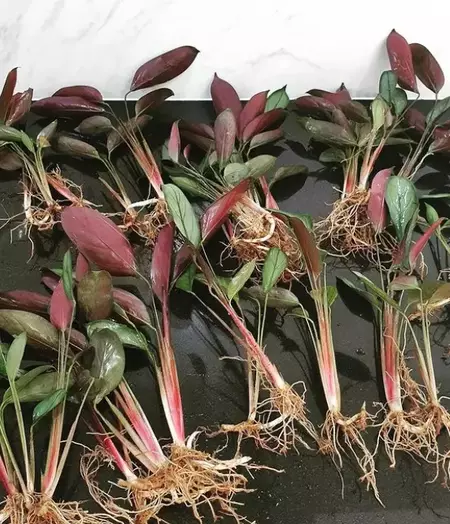
We recommend the root division method for propagation. Roots division or rhizomes is the more common and effective method for propagation. This can be done by simply dividing the root ball of an existing plant into multiple sections. Each section should have several healthy roots and at least one leaf.
Plant the divisions in moistened, well-draining potting mix and place them in a warm, brightly lit location. Water as needed to keep the soil moist but not soggy.

Fertilizing
Ctenanthe Setosa is a fairly easygoing houseplant that does not require too much in the way of fertilizer. A light application of a well-balanced fertilizer can be applied every other month or so and during the spring and summer months when the plant grows more actively.
Using a liquid fertilizer that can be diluted and applied according to the label directions is best. As with most plants, it is possible to over-fertilize Ctenanthe Setosa, which can lead to the burning of the roots or foliage.
If the leaves begin to brown or wilt, reduce the amount of fertilizer you apply or fertilize less often. Under-fertilizing will not harm the plant but may result in reduced growth. In general, it is better to err on the side of too little fertilizer rather than too much.

Pruning and Maintenance
Ctenanthe Setosa is relatively low maintenance in terms of pruning and cleaning requirements. To encourage compact growth, simply trim back any long or leggy stems. Dead leaves and stems can be removed as needed. If dust accumulates on the leaves, they can be gently wiped with a damp cloth or placed in the shower for a quick rinse.

Before making contact with the plant, ensure that the pruner you are using is sterilized to prevent the spread of any disease or pest.

Toxicity
Although Ctenanthe is classified as a harmless plant, it can nonetheless cause mild discomfort if consumed. Therefore, if your pets have a propensity to nibble on the leaves, please be cautious.

Pests
Although Setosa Grey Star is a beautiful addition to any home, it is important to be aware of the pests that can attack this plant. Some common pests that may attack your prayer plant include:
-Aphids: These small, winged insects are often found in clusters on the stems and leaves of plants. Aphids can cause damage to plants by sucking the sap out of them, which can weaken and even kill the plant.
-Mealybugs: Mealybugs are small, white insects that tend to congregate in groups on the stems and leaves of plants. Like aphids, mealybugs feed on the sap of plants, which can cause damage and even death.
-Spider mites: These tiny, spider-like creatures are often found on the undersides of leaves. Spider mites feed by puncturing the leaves of plants and sucking out the contents, which can cause the leaves to turn yellow or brown and eventually fall off.
If you suspect your prayer plant is infested with these pests, it is important to take action immediately. There are a few things you can do to get rid of these pests:
By taking these steps, you can help to protect your Setosa prayer plant from common pests.
Diseases and Common Problems
However, like all plants, the Ctenanthe Setosa is susceptible to certain diseases and common problems. Some of the most common diseases and problems affecting the Ctenanthe Setosa plant include root rot, leaf spot, and stem rot.
Root rot is a serious condition that can occur in the Setosa Grey Star if the roots are allowed to sit in water for too long. This can cause the roots to rot and eventually die, killing the plant. To prevent root rot, be sure to water the plant only when the soil is dry and never allow the roots to sit in water.
Leaf spot is another common problem that can affect the Setosa prayer plant. This is a fungal disease that causes spots on the plant’s leaves. Leaf spot is caused due to presence of water on leaves for an extended duration and can be controlled by using a fungicide, but it is important to treat the plant before the spots become too numerous.
Stem rot is another serious condition that can occur in the Setosa Grey Star. Stem rot is caused by a fungus that attacks the plant’s stems. This can cause the stems to rot and eventually kill the plant. Stem rot can be controlled using a fungicide, but it is important to treat the plant before the symptoms become too severe.
FAQs
Q: Should I mist my Ctenanthe?
Yes, you may mist the plant occasionally; however, be careful not to let the water remain on leaves for a long period and wipe it away to prevent fungal attacks on foliage.
Q: Why are the leaves on my Ctenanthe turning brown or yellow?
The presence of excessive minerals in the soil can cause leaves’ edges to turn brown. The lack of appropriate humidity can also result in brown edges, whereas brown spots on the leaf span indicate a fungal attack.
Q: Why is my Ctenanthe drooping?
Drooping can be caused by underwatering or overwatering. Be sure to water when the top inch of soil is dry to the touch and water thoroughly until water runs out of the drainage holes at the bottom of the pot. Also, check to make sure that the pot has adequate drainage. If it does not, roots may be sitting in water, causing the plant to droop.
Should I cut brown leaves off Ctenanthe Setosa?
Trim any damaged or dead leaves from the Calathea as necessary using sharp, long-tipped plant scissors. Pruning is required at least once or twice a year because the plant grows quickly. To prevent diseases from spreading to the plant, always use sanitized instruments.
Related Posts
How To Care & Propagate Ctenanthe (Never Never Plant)
Ctenanthe, also known as the “Never Never” plant, is a beautiful and multi-colored plant that can bring life and color to any interior. The Never Plant belongs to the Marantaceae group of flowering plants.
Maranta Prayer Plants Care Guide
The Maranta genus plants are commonly called Prayer plants because of the foliage movement with respect to light changes during day and night.
Maranta Arundinacea Variegata Care Guide
A variant of Arrowroot called Maranta Arundinacea Variegata, with little care produces beautiful foliage and commercially beneficial roots.
Maranta Silver Band Grow and Care Guide
Maranta Leuconeura Silver Band is a darling of native Brazilian forest its broad silver band leave’s pattern makes plant more enchanting.
Maranta Kerchoveana Prayer Plant Care Guide
With little care Maranata Leuconeura Kerchoveana or Green Stripe Prayer Plant displays stunning mint color foliage with dark green spots.


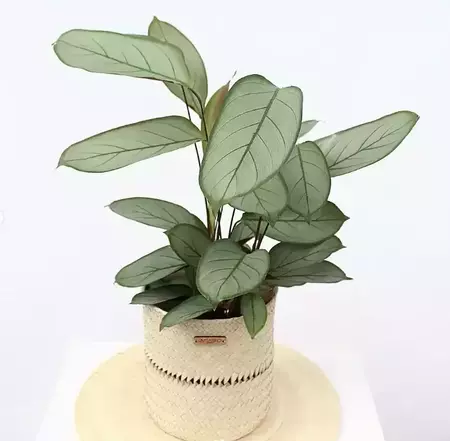


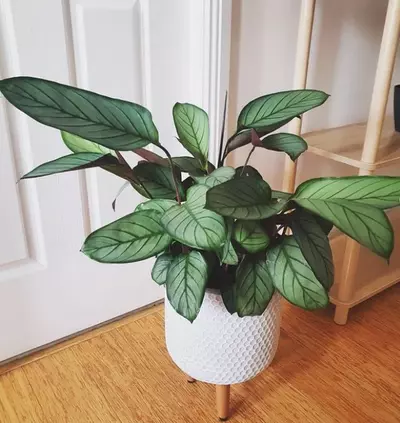
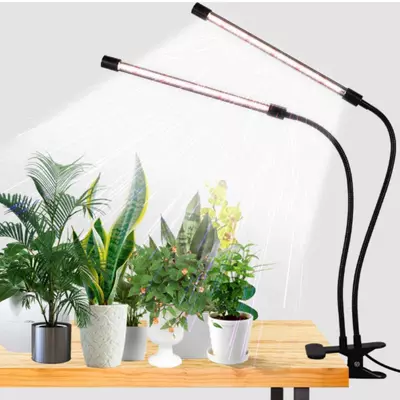
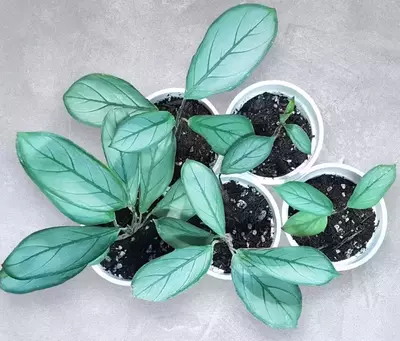
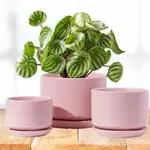
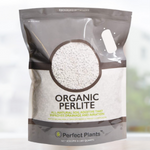
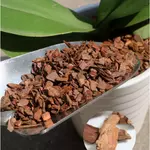

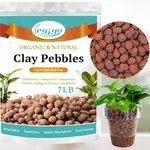

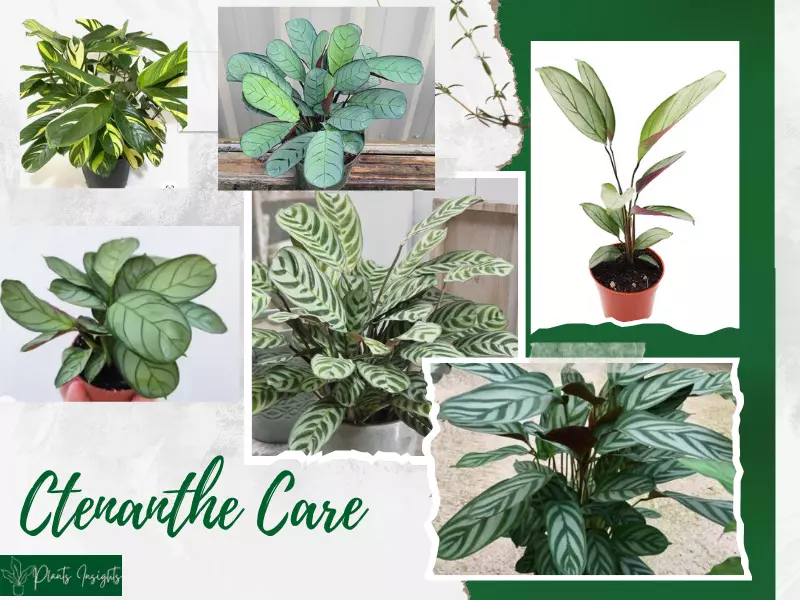
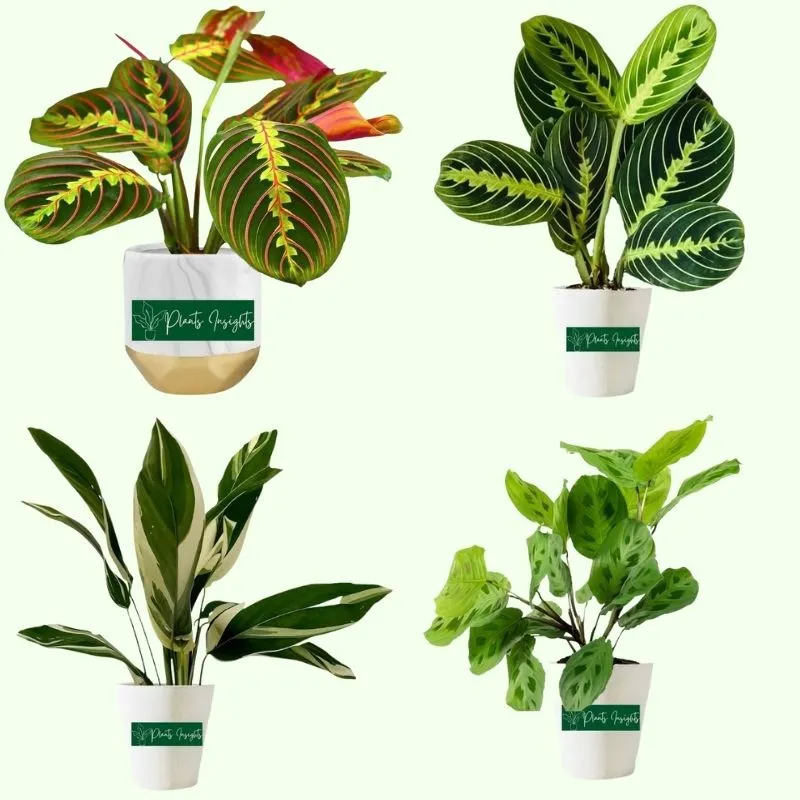
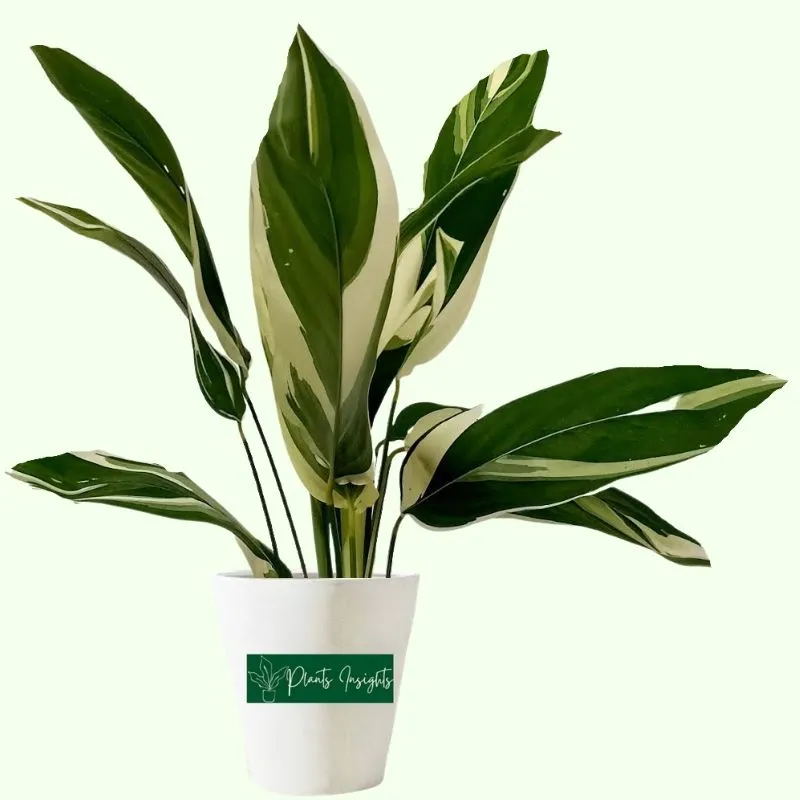

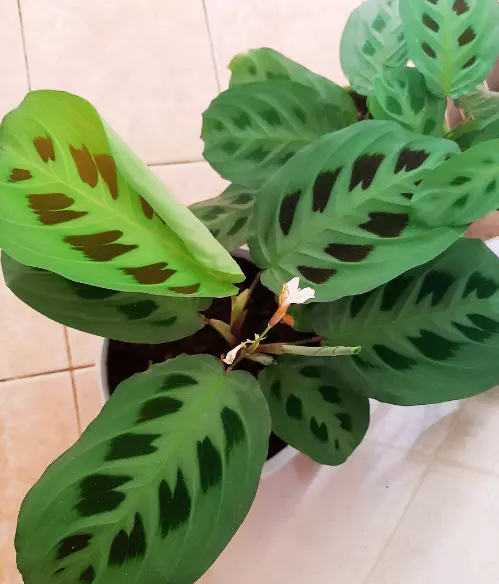
We’re a gaggle of volunteers and opening a new scheme in our community.
Your site offered us with useful info to work on. You have performed an impressive job and our entire neighborhood might be grateful to you.
Thanks for appreciating our work and pleased to hear we have been useful to public.
A fascinating discussion is definitely worth comment.
I do think that you should publish more on this topic, it may not be
a taboo matter but typically folks don’t talk about such issues.
To the next! Many thanks!!
Hi there, I found your site via Google while looking for a related topic, your site came up, it looks good. I have bookmarked it in my google bookmarks.
Thanks for appreciation, it means a lot for us.
My brother suggested I may like this web site. He was once totally right. This put up truly made my day. You cann’t imagine just how so much time I had spent for this info! Thank you!
I appreciate your work, appreciate it for all the great articles.